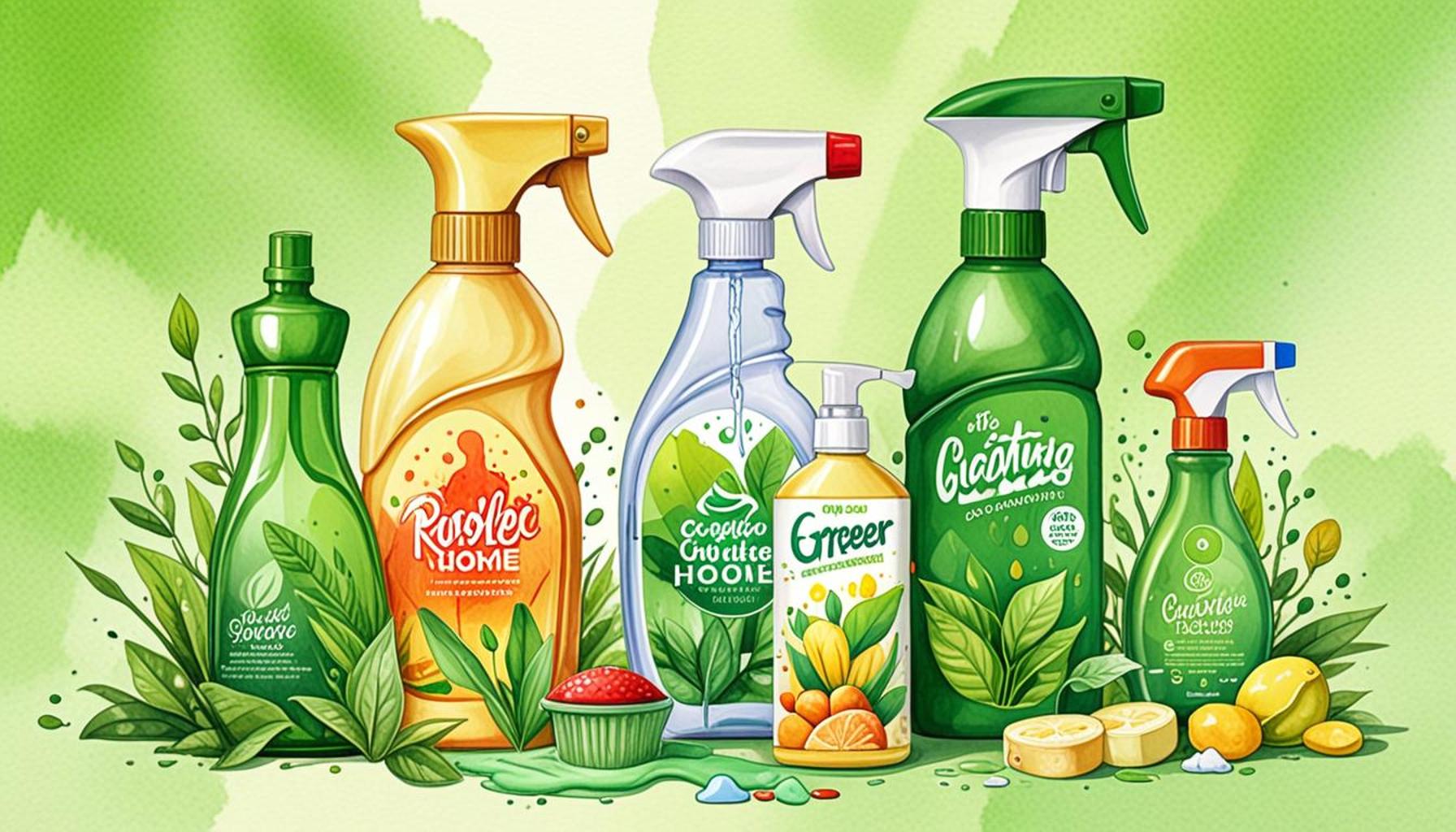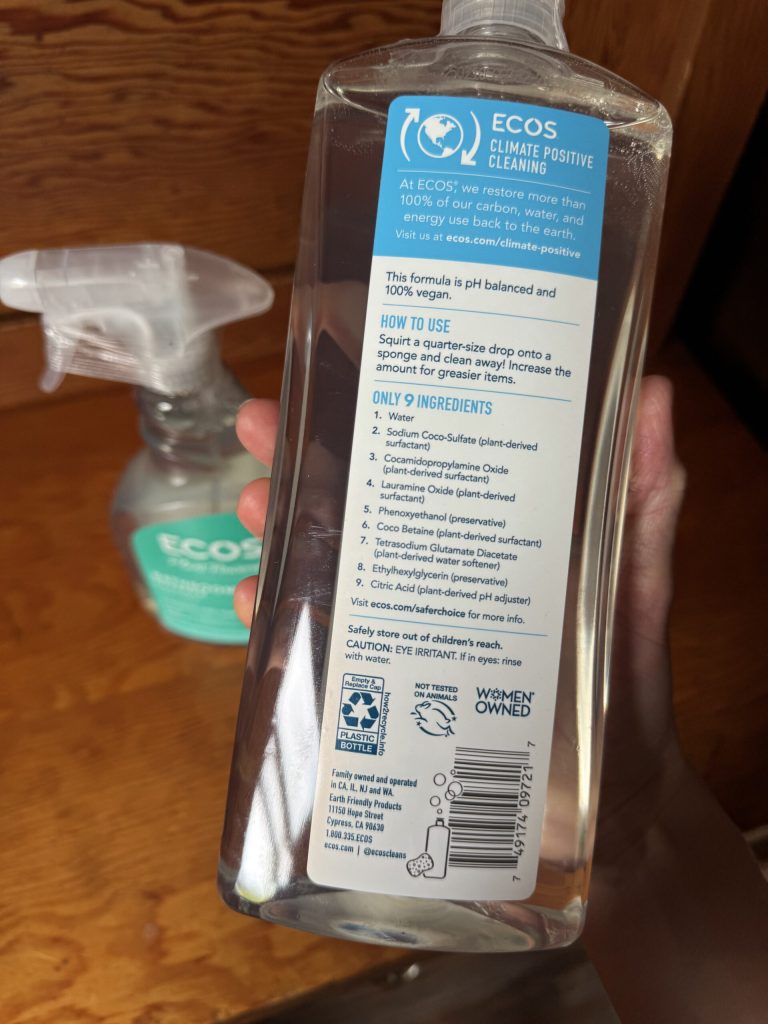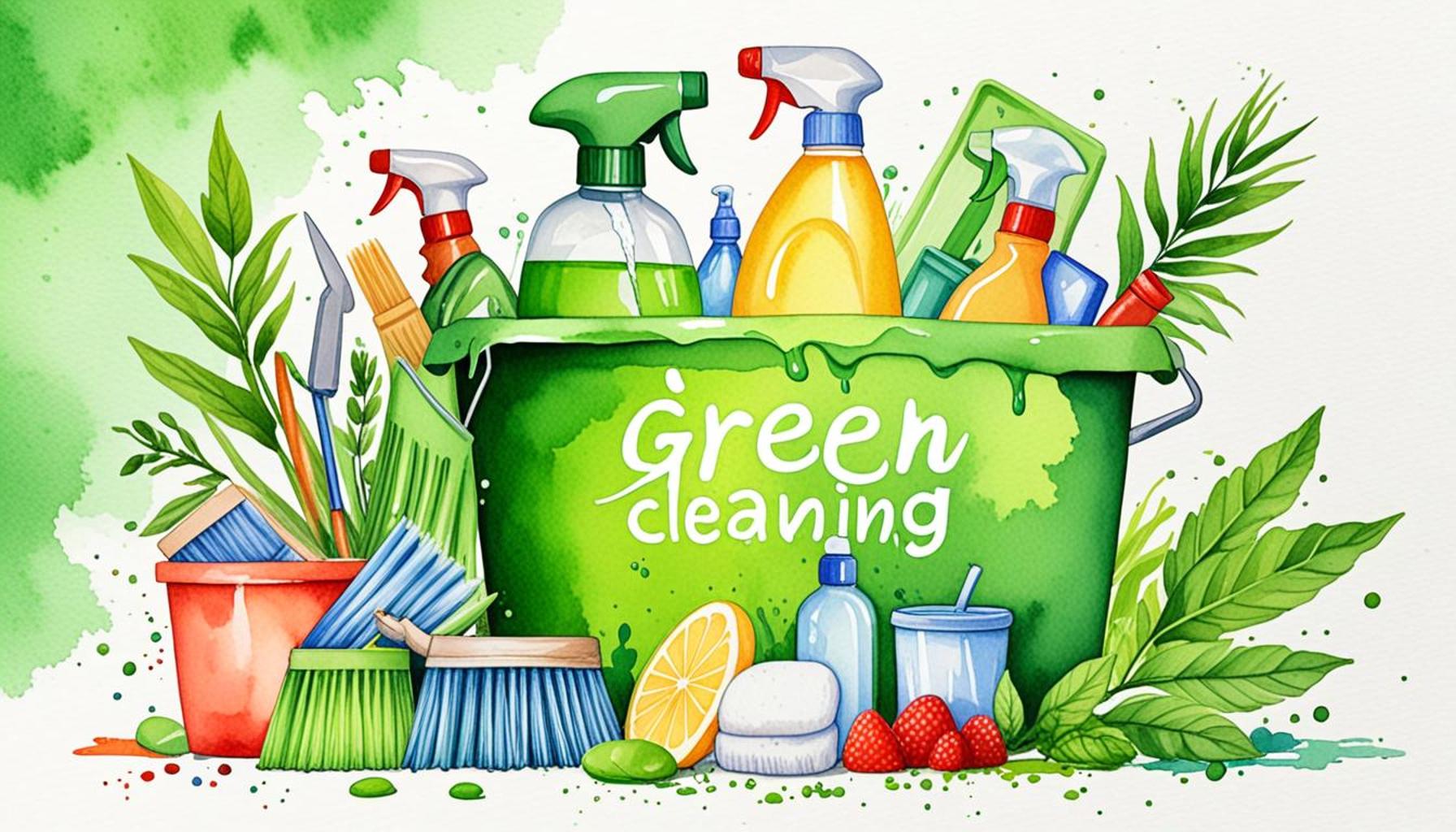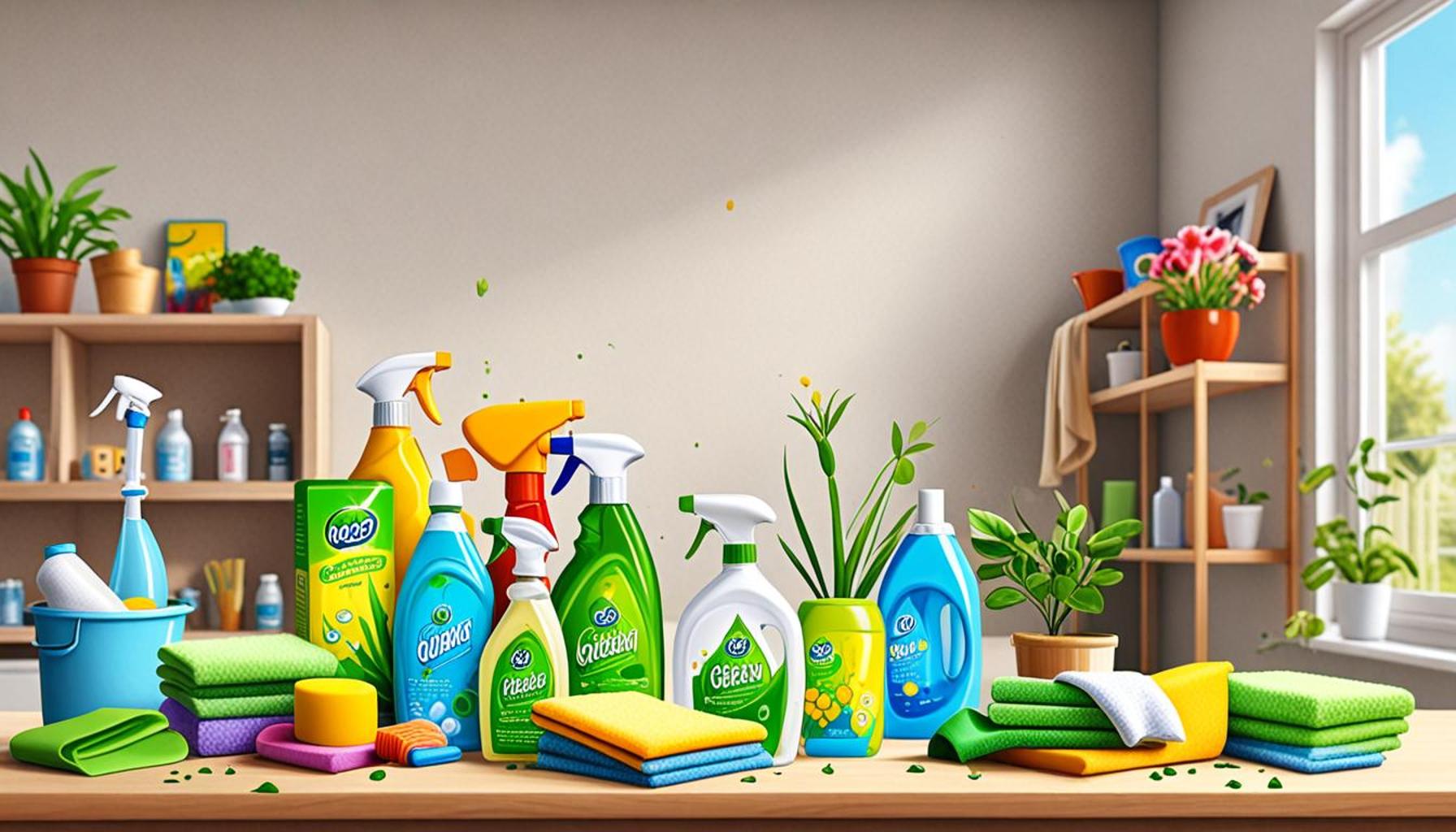The Role of Packaging in Eco-Friendly Cleaning Products: Sustainable Solutions for a Greener Home

The Role of Sustainable Packaging in Modern Cleaning Products
As consumers become increasingly aware of their ecological footprint, the packaging of products, particularly eco-friendly cleaning solutions, has gained significant attention. In the journey toward sustainability, it is crucial to recognize that the right packaging can enhance product safety, quality, and sustainability. This conscious shift can make a notable difference in how we perceive and utilize cleaning products within our homes.
One of the primary components of sustainable packaging is the use of biodegradable materials. These materials are designed to break down naturally over time, unlike traditional plastics that can take hundreds of years to decompose. For instance, packaging made from plant-based materials, such as cornstarch or sugarcane, has become popular among various brands. A notable example is the usage of biodegradable bottles for liquid cleaning products that not only serve their purpose but also contribute to reducing plastic waste. According to the Environmental Protection Agency (EPA), plastics make up approximately 12% of the municipal solid waste stream, emphasizing the urgent need for alternatives.
Recyclability of packaging is another vital aspect to consider. Containers specifically designed for easy recycling can significantly cut down on waste. Many companies now offer clear labeling that informs consumers on how to properly dispose of their packaging. For example, some brands are utilizing recycled materials in their packaging, which helps close the loop on waste. This initiative not only supports recycling systems but also motivates consumers to engage in responsible disposal practices.
Additionally, reusable options are gaining traction among environmentally conscious households. Multi-use containers encourage consumers to refill rather than replace, fostering a culture of sustainability. Companies like Grove Collaborative have implemented programs where customers can send back empty cleaning solution bottles for refills, minimizing single-use packaging altogether. This not only reflects environmental responsibility but also saves consumers money, driving home the practicality of these eco-friendly choices.
The shift toward sustainable packaging methods contributes not only to reducing landfill waste but also promotes a circular economy, where resources are reused and recycled. As more brands pivot toward eco-conscious solutions, it becomes imperative for consumers to understand the profound impact of their packaging choices. Recent studies indicate that as many as 72% of consumers are willing to pay more for products with sustainable packaging. This statistic underscores the growing demand for cleaning solutions that are effective as well as responsibly packaged.

Examining the nexus between packaging and eco-friendly cleaning products reveals how innovative designs can serve as significant catalysts in fostering a sustainable lifestyle. The rise in environmental awareness presents a unique opportunity for brands to rethink their packaging strategies, ensuring that they not only meet consumer needs but also contribute positively to the planet. Join us in exploring these sustainable solutions that can genuinely lead to a greener home, while encouraging brands to advance further in their commitment to eco-friendly practices.
DON’T MISS OUT: Click here to discover eco-friendly cleaning solutions
Innovative Materials Transforming Eco-Friendly Cleaning Product Packaging
The quest for sustainability in cleaning products has led to groundbreaking innovations in packaging materials. As we grapple with pollution and environmental damage, the emergence of eco-friendly packaging solutions stands at the forefront of this movement. By employing materials that are not only sustainable but also functional, brands are redefining consumer expectations while promoting environmental health.
A standout trend has been the incorporation of post-consumer recycled (PCR) materials. These materials are sourced from waste that has been recycled after its initial use, minimizing the need for new, virgin resources. This method serves a dual purpose: lessening environmental strain and establishing a new market for recycled goods. Numerous brands, including well-known names like Seventh Generation and Method, are utilizing PCR in their plastic bottles, significantly reducing carbon footprints while still meeting consumer demands for quality and performance.
Another significant innovation involves the development of plant-based plastics. Unlike traditional plastics, which have their roots in fossil fuels, plant-based alternatives—like polylactic acid (PLA)—are derived from renewable resources such as corn starch or sugarcane. These materials not only decompose more quickly in the right conditions but also reflect a growing awareness of sourcing ingredients. For example, green cleaning brands such as Ecover are using such advancements to create packaging that aligns with their mission of sustainability, presenting a cleaner alternative for conscientious shoppers.
The Importance of Transparency and Consumer Engagement
Brands are also recognizing the importance of engaging consumers through transparency in packaging choices. Labels that detail the environmental impact of packaging materials are becoming increasingly common. This not only shines a light on what goes into the making of a product but also educates consumers, empowering them to make informed choices. As part of this initiative, brands are encouraged to adopt clear labeling practices that indicate whether their packaging is biodegradable, recyclable, or made from recycled materials.
In addition to transparency, consumer engagement is vital in fostering a culture of sustainability. Companies are finding creative ways to involve consumers, such as:
- Offering incentives for returning used containers for recycling or refills.
- Launching educational campaigns on proper disposal methods.
- Encouraging participation in local clean-up events or sustainability initiatives.
Such strategies not only promote responsible consumer behavior but also cultivate a sense of community around eco-friendly practices. By building this shared ethos, brands can align closely with their target audience, further establishing their commitment to solving environmental challenges. This evolving relationship between brands, consumers, and sustainable packaging heralds a promising future for cleaning products, encouraging a collective shift toward a greener home.
| Advantage | Importance |
|---|---|
| Reduced Environmental Impact | Eco-friendly packaging minimizes plastic waste, contributing to a sustainable ecosystem. |
| Consumer Trust | Sustainable packaging builds brand credibility, appealing to environmentally-conscious consumers. |
As the demand for eco-friendly cleaning products continues to rise, the role of packaging becomes increasingly crucial. Consumers are now more aware of the environmental impact of their purchases, seeking products that align with their values. Eco-friendly packaging materials, such as biodegradable plastics, recycled paper, and glass, not only reduce waste but also offer better recyclability compared to traditional options. Moreover, forward-thinking brands are adopting innovative designs that enhance user experience while minimizing resource use. For instance, refillable containers not only cut down on packaging waste but also promote long-term consumer loyalty. Research suggests that brands prioritizing environmentally responsible packaging can see an increase in customer retention and engagement, ultimately leading to sustained profitability. By focusing on sustainable solutions in packaging, manufacturers pave the way for a greener home environment, encouraging consumers to make more informed decisions that positively impact our planet.
DISCOVER MORE: Click here
Refillable and Concentrated Options: Redefining Sustainability
As we strive for a more sustainable lifestyle, the concept of refillable packaging is gaining momentum in the eco-friendly cleaning product market. This model not only extends the life of the packaging but also drastically reduces waste generation. By allowing consumers to refill their cleaning products in-store or at home, brands like Blueland and Dropp are making significant strides towards minimizing single-use plastics while maintaining product integrity. Customers can purchase a starter kit that includes reusable containers, and then refill with concentrated formulas, thus requiring less packaging over time.
The emphasis on concentrated formulas is also revolutionizing the way we approach cleaning. These products utilize reduced water content, which allows for smaller, more efficient packaging. For instance, cleaners from Clean Cult and Common Goods leverage this strategy. They sell concentrated refills that require consumers to mix them with water at home, significantly decreasing the environmental footprint associated with transport and production while saving on logistics-related emissions. This innovative approach also appeals to eco-conscious consumers who prioritize minimal environmental impact in their purchasing decisions.
Advances in Biodegradable and Compostable Packaging
The exploration of biodegradable and compostable packaging continues to make waves within the eco-friendly cleaning products industry. These materials break down more efficiently than conventional plastics, ultimately reducing landfill waste. Brands like Eco-Store and Suds: are leading examples of this initiative, opting for packaging made from renewable resources that return to nature without leaving harmful residues.
Moreover, the development of edible packaging is an intriguing area that companies are beginning to explore. Innovations in this field could revolutionize how we view sustainability in product packaging. While still in its early stages, the potential for packaging that consumers can safely consume—or that can decompose without causing harm—opens new avenues for eco-friendly alternatives.
The Role of Consumer Choice in Driving Change
Despite the advancements in eco-friendly packaging, the ultimate success of sustainable solutions relies heavily on consumer choices. A growing awareness among consumers about the environmental implications of their purchases is creating a demand for transparency and accountability in the market. Nielsen’s global survey found that 73% of Millennials are willing to pay more for sustainable products, showcasing a fundamental shift in purchasing behavior. This statistic underlines the importance of brands not only adopting sustainable practices but also conveying their efforts effectively to consumers.
Additionally, the rise of social media and online platforms has facilitated the dissemination of information regarding sustainable practices. Eco-conscious influencers and community advocates play a pivotal role in educating consumers on the benefits of eco-friendly cleaning products and their packaging. This increased accessibility of knowledge encourages consumers to make thoughtful choices, urging brands to prioritize environmentally friendly solutions.
The evolving landscape of eco-friendly cleaning product packaging reflects a comprehensive movement towards a greener home, highlighting the immense potential for both innovation and consumer engagement. As packaging continues to adapt in response to environmental challenges, the synergy between brand accountability and conscious consumerism will determine the future trajectory of the cleaning industry.
DISCOVER MORE: Click here to learn about innovative eco-friendly cleaning tools
Conclusion: Paving the Way for a Sustainable Future
In conclusion, the role of packaging in eco-friendly cleaning products has become a pivotal aspect of the broader movement towards sustainability and environmental responsibility. As consumers increasingly demand greener solutions, brands are innovating in packaging design, and techniques such as refillable and concentrated options are spearheading this charge. By emphasizing durability and reusability, brands reduce single-use plastic reliance, allowing consumers to be active participants in minimizing waste.
Moreover, the advancement of biodegradable and compostable materials is crucial in combating the challenges posed by traditional plastics. This not only aligns with consumer values but also fosters a sense of responsibility towards the planet. As research into novel packaging methods, like edible options, continues, we find ourselves on the brink of a packaging revolution that could redefine eco-friendliness in the cleaning industry.
However, the shift toward sustainability hinges significantly on the choices of consumers. Encouragingly, as demonstrated by statistics from market research, a rising percentage of consumers prioritize sustainable products, challenging brands to support their commitments with transparency and action. The power of informed consumerism and the influence of social media amplify the reach of eco-friendly initiatives, further propelling sustainable practices in the marketplace.
As we forge ahead, the intersection of innovation in packaging and empowered consumer choice will undoubtedly shape the future of eco-friendly cleaning products. This dynamic relationship holds the key to not only creating a greener home but fostering a sustainable legacy for generations to come. By making conscious choices today, we are cultivating the roots of a thriving, eco-friendly future.


